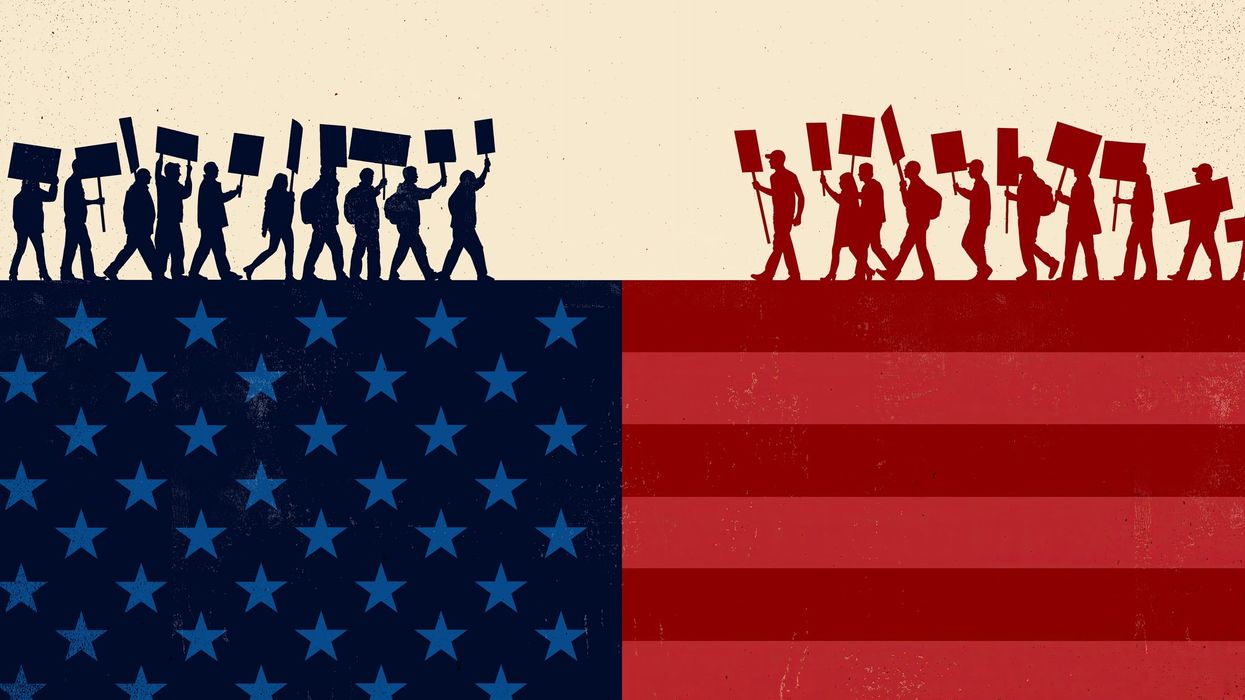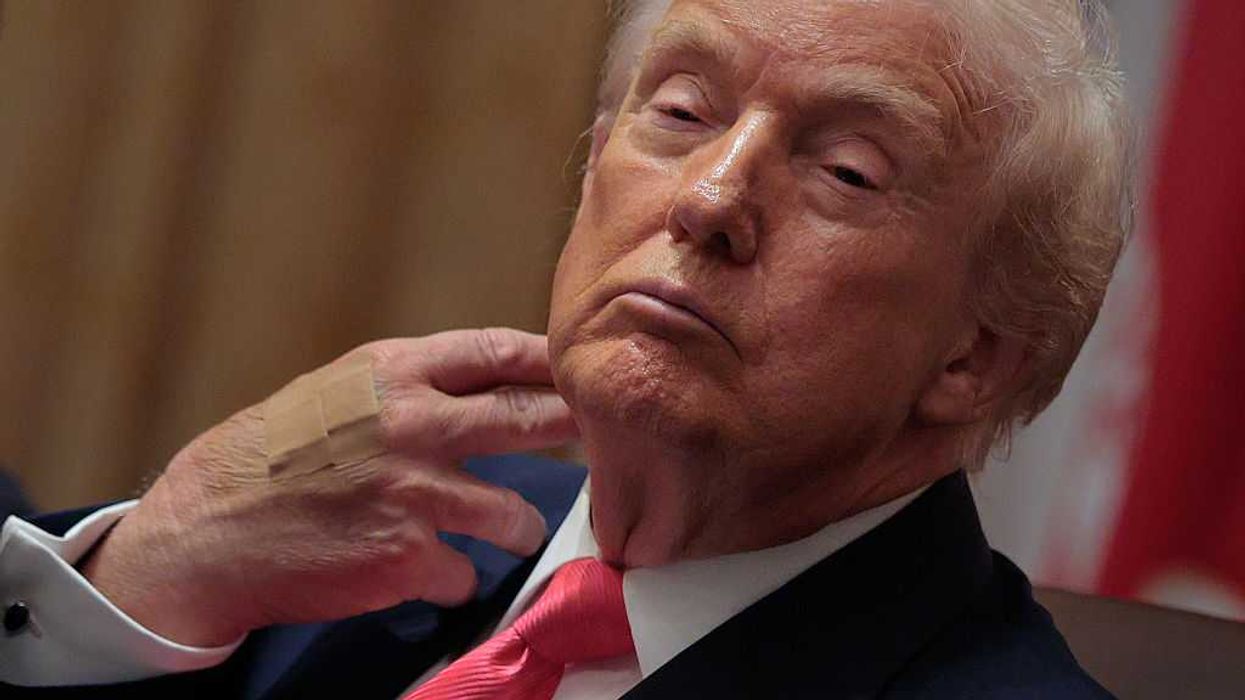Mark Ford is the Pastor of Care with One Church in Columbus, Ohio.
I have the honor of serving as the Pastor of Care at One Church in Columbus, Ohio and today I’m called to reflect on the polarization and division in our country. Why? Because people of faith across our traditions are hungry for relief from the forces of division that seek to widen the cultural divides. And in this season of renewal, I’m moved to invite others to join me in the service of healing our divides and holding each other in the spirit of forgiveness, care and grace.
We see those forces work to divide us around issues such as the reversal of the Roe vs Wade ruling, gender identity, parental rights in public education and economic turbulence. They frame us as the Divided States of America. The culture of “friendly fire” is anything but kind. The digital bullets for our modern-day cultural wars are shot from Social and Network media outlets that gaslight the towering inferno of hate, division and incivility through their platforms and the 24-hour news cycles each day.
In this uncivil war, one of the big questions I have been forced to wrestle with is, how can I join with other faith leaders to provide both a prophetic voice and pastoral care for a country living under the stress of polarized division? There is no one answer or solution that will unite the diversities of world views and faith traditions, but this moment in time offers our nation an opportunity to declare a national vitriolic “cease fire” and begin a fresh civil conversation. And I see an opportunity to join with other faith leaders to offer this kind of healing space through a National Week of Conversation from April 17 – 22nd.
Most major religions perpetuate the principles from the Law of Moses, or what is often referred to as the 10 Commandments. Jesus took those 10 laws of love and summarized them into One Great Commandment that calls us to: Love God and our neighbor. Reflecting on ways to live out this Great Commandment can be helpful when friends and families gather to celebrate each other and our faith in God. Choosing to focus on the beautiful shafts of light that emit from the precious gems of our diverse world, can ignite a sense of hope, as we look at and discuss our differences respectfully, with curiosity, grace, humility and love for each other.
A delicious meal is often a shared experience that is connected with our Holy Days and is a picture of what most people view as a symbol of all that is good about connecting to celebrate one’s faith, family and friends. Memories are made around the table as each shares a story or “their story” which deepens their affection.
In the spirit of meaningful conversations, what if each of us would provide an opportunity for setting the table for a conversation with people who we know, but are different from us? What if the ground rules were that each one at the table was invited to share three defining moments in their life, good or bad, that shaped their world view and made them who they have become? What if each one at the table could ask a question that would open a window of understanding and bring a greater closeness and connection?
During this Spring season, when flowers begin to bloom and the Sun provides brighter days, many Americans will stop to reflect on religious themes of rebirth or renewal. Many will remember defining moments from their faith history and this provides an opportunity for focusing on principles from spiritual teachings like the Golden Rule that calls us to “give to others the quality of kindness and respect that we desire for ourselves.”
My invitation today is that we people of faith demonstrate the power of these teachings in our lives to others across our differences. Let us serve as healing lights and beacons of hope through engaging each other, our congregations and communities during the National Week of Conversation and beyond.

















